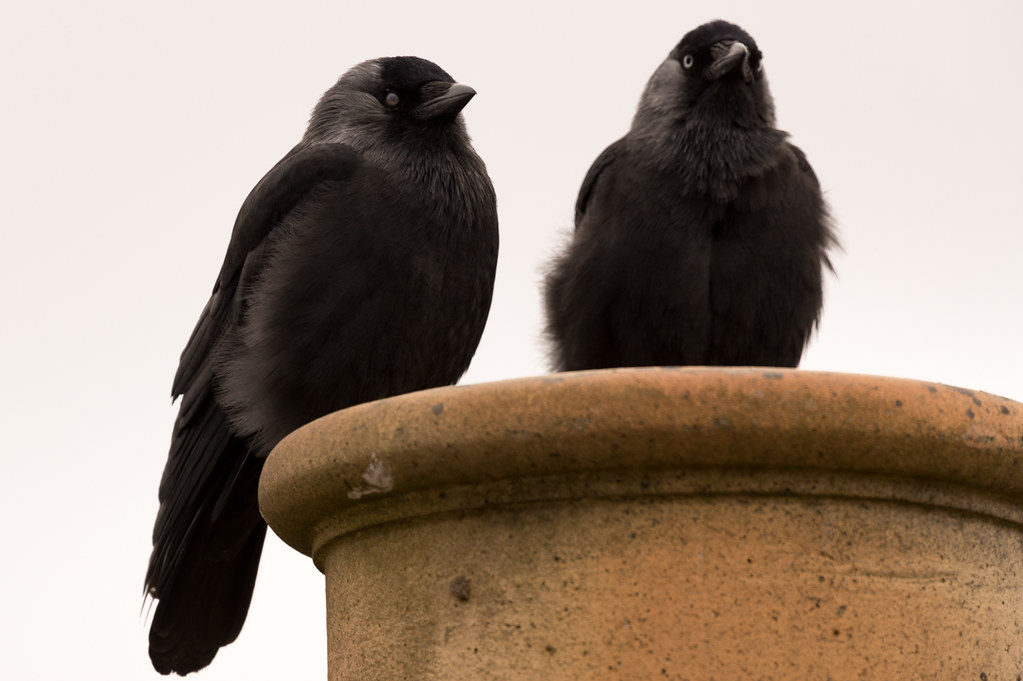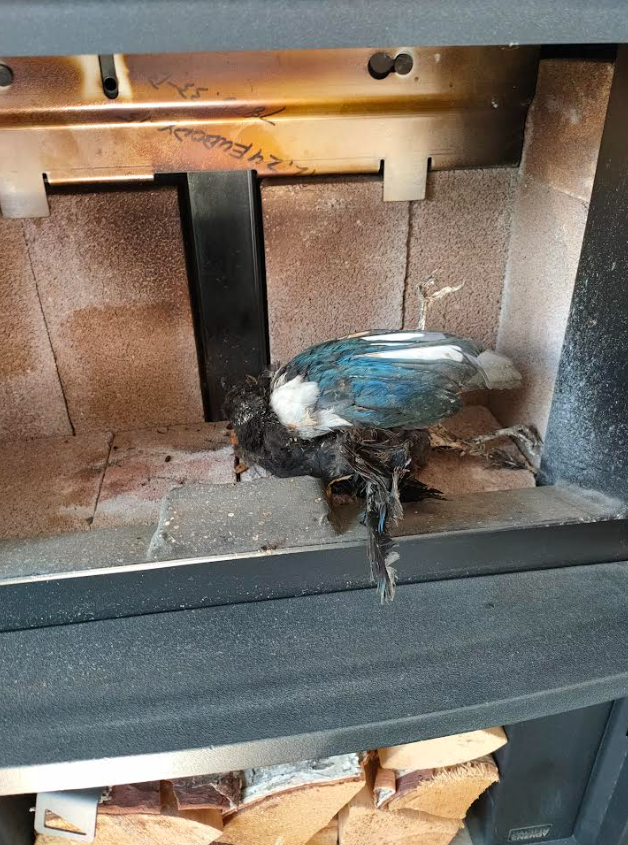Why Birds Get Stuck in Chimneys and How to Prevent It: A bird may pay you an unexpected visit in your chimney as the weather cools off and the comfort of a fireplace becomes more appealing. Homeowners frequently realize that a trapped bird is the source of fluttering or chirping noises emanating from their chimneys. Both the homeowner and the bird may find this to be upsetting. However, what causes birds to become stuck in chimneys and how may this be avoided?
How Come Birds Get Into Chimneys?
Seeking Cover: Especially in the winter, birds frequently look for warm, protected areas to sleep or construct their nests. Chimneys offer shelter from the weather and predators, especially ones that are seldom utilized. In particular, swifts, swallows, and pigeons may find the small, enclosed, and dark chamber of a chimney to be the perfect place to nest or roost.
Navigational errors: Birds may inadvertently fly into chimneys. Insect chasing, environment exploration, or simple disorientation are possible reasons, particularly during migration seasons. Because of a chimney’s vertical structure, birds may become confused and fly inside, believing it to be a safe place to fly.
Inaccessible Exits: Once inside, most chimneys’ smooth, vertical walls can make it challenging for birds to fly out. Chimneys provide no footholds for birds to grip and climb, unlike trees. The bird gets stranded if it doesn’t get enough lift to fly back up the direction it came.
Bird Dangers in Chimneys
For birds, being stuck in a chimney can be very dangerous. They may sustain injuries from falling debris or by making repeated attempts to flee. Long-term trapping increases the risk of malnutrition, dehydration, and death. Furthermore, if a fire is started while a bird is confined inside, it could be catastrophic for the bird and dangerous for the homeowner.
How to Keep Birds Out of Your Chimney
Install a Chimney cover: Installing a chimney cover is the best defense against birds penetrating your chimney. Not only do these caps block out birds, but they also block out other animals, garbage, and even rain. Usually constructed of metal, they have a mesh screen that lets smoke out but keeps animals in.
Frequent Chimney Maintenance: Before starting a fire, make sure there are no animals or nests inside your chimney by giving it a thorough check and cleaning. Any obstructions, debris, or nests can be found and removed by a certified chimney sweep.
Bird Deterrents: Discourage birds from visiting your chimney by installing one of the many available bird deterrents. These consist of reflecting surfaces, spikes, and ultrasonic devices to deter birds from visiting the area.
Timing Your Fires: Try to avoid starting fires during the busiest times for nesting or roosting if you are aware that birds are active around your chimney. By doing this, the chance of birds getting stuck can be decreased.
How to Handle a Stuck Bird
It’s critical to take swift yet cool action if you think a bird may be stuck in your chimney. What you can do is as follows:
Avoid Starting a Fire: Never start a fire in your chimney if you hear or see a bird there. The bird may be harmed or killed by the heat and smoke.
If you open the damper, the bird may be able to enter your fireplace. From there, you may aid it leave by opening doors and windows.
Speak with an Expert: Get in touch with a chimney sweeper or a nearby wildlife rescue group if the bird doesn’t fly out on its own. With their expertise and equipment, they can securely and non-damagingly remove the bird.
Conclusion: Birds getting stuck in chimneys is a common but preventable issue. By understanding why birds are attracted to chimneys and taking proactive measures, homeowners can protect both their homes and local wildlife. Installing a chimney cap, maintaining regular chimney inspections, and using deterrents can significantly reduce the risk of birds becoming trapped. If a bird does find its way into your chimney, quick and humane action can help ensure its safe release.
Conclusion


